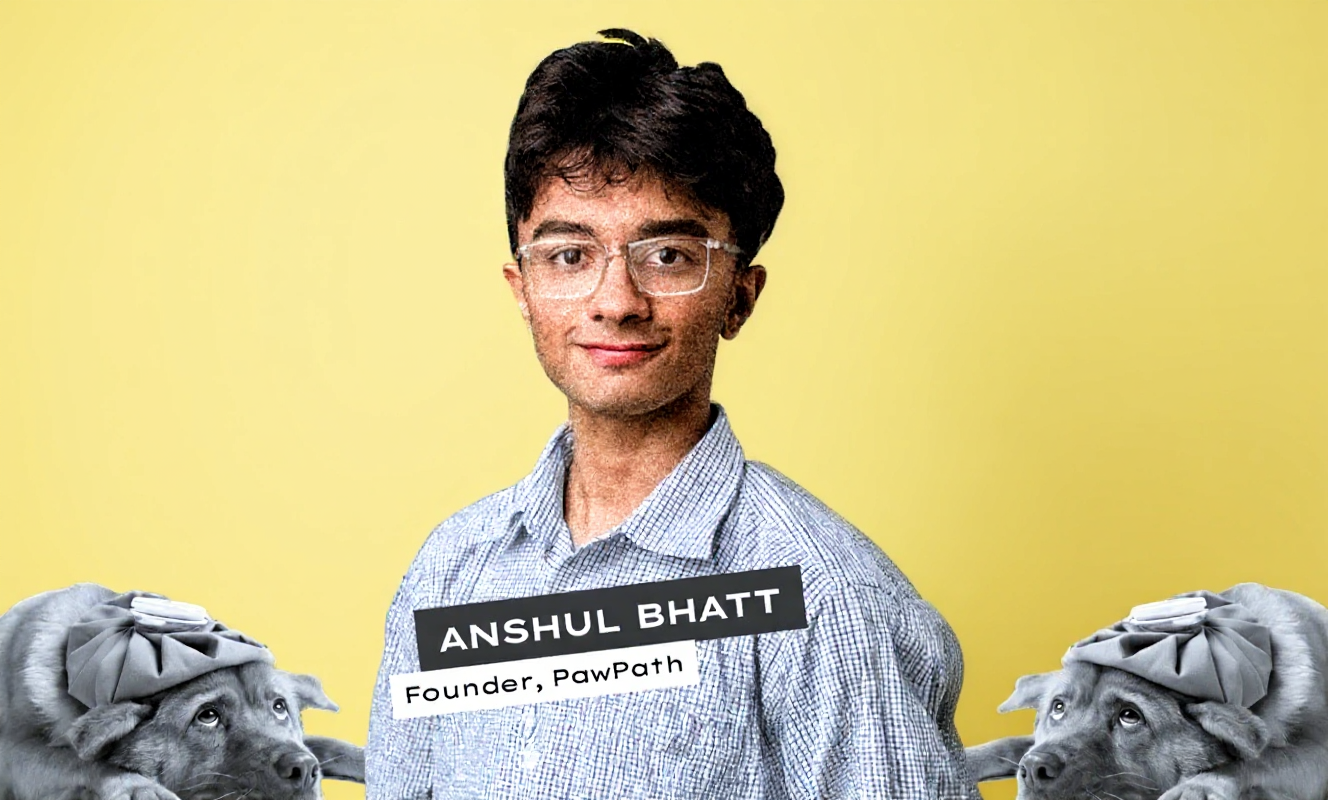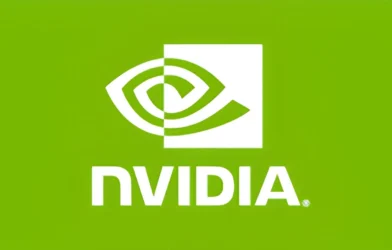PawPath, an innovative device developed by 16-year-old Anshul Bhatt, is transforming veterinary care with the power of AI and motion sensors. Designed to detect arthritis, gait disorders, and other orthopedic or neurological issues in dogs, PawPath offers a low-cost, non-invasive solution that brings advanced gait analysis into everyday use. Unlike expensive tools such as force plates or X-rays, PawPath combines wearable sensors with artificial intelligence to provide early and accurate diagnosis, making canine healthcare more accessible to pet owners, veterinarians, and researchers.
From a Personal Experience to an Innovation
During a family trek last year, 16-year-old Anshul Bhatt noticed something unusual about his dog, Max. Normally energetic and eager to leap into water, Max was limping and licking his paws in pain. A vet visit confirmed late-stage arthritis, which was too advanced for treatment.
“It was heartbreaking to see Max constantly in pain. By the time we discovered it, treatments weren’t really working. All we could do was reduce the pain, but even then, he was always hurting,” Bhatt recalls.
This incident became a turning point. Bhatt also started observing stray dogs with similar gait issues. He soon realized that current veterinary methods to detect such diseases were either too subjective or relied on costly labs.
“Gait analysis is the primary way vets detect these diseases, but existing methods are error-prone or inaccessible,” he explains. Tools like force plates, sedated X-rays, and high-speed cameras are expensive and mostly available only in speciality clinics.
This challenge led Bhatt to create PawPath, a low-cost, non-invasive device that uses AI and sensors to detect orthopedic and neurodegenerative diseases in canines.
How PawPath Works
PawPath’s wearable system is designed to spot early signs of arthritis and neurological issues in dogs. It uses four lightweight, finger-sized wireless modules that attach to each leg with Velcro straps. Each module contains a battery, a microcontroller, and an Inertial Measurement Unit (IMU)—a sensor that tracks motion and orientation.
The parts sit inside a shock-resistant 3D-printed shell. No wires or heavy harnesses are required, allowing dogs to move naturally. “Gait analysis is basically about observing how an animal moves. I wanted to create something low-cost and accessible, so I chose IMU sensors,” Bhatt explains.
As the dog walks or runs, the IMUs record motion 50–100 times per second. Data streams to a phone or laptop over Wi-Fi. Advanced neural networks then analyze the patterns and identify conditions like arthritis, tendonitis, ataxia, or ligament injuries.
Unlike costly equipment, PawPath captures centimeter-level data from each limb and runs it through AI models trained to detect abnormalities.
Market Opportunity and Development Journey
According to Morgan Stanley research, the global veterinary care market is projected to reach $261 billion by 2030, up from $122 billion in 2019. Competitors in canine gait analysis include GAIT4Dog, Tekscan, and Sleip.
A Grade XI student at Dhirubhai Ambani International School, Mumbai, Bhatt combined engineering and software to build PawPath. He used Fusion 360 for 3D design, C++ for sensor firmware, and a Python-based machine learning stack for analysis.
The journey wasn’t easy. The device went through three prototype cycles before evolving into a plug-and-play model. “I built a custom machine learning model using LSTMs. These are great at handling time-series data. I also added factors like age, weight, and gender. After training on several breeds, I achieved high accuracy,” he says.
A Long Short-Term Memory (LSTM) network is a type of deep learning model ideal for time-series data such as motion. Bhatt trained his model on gait recordings from over 200 dogs—including Labradors, Golden Retrievers, German Shepherds, Indies, and Belgian Malinois. The system can now predict arthritis or ataxia with strong accuracy.
Applications in Veterinary Care
In clinics, PawPath can be used for quick triage, helping doctors decide if further testing is needed. For sports and working animals—police K9s, military dogs, and guide dogs—the device can flag overuse injuries before they become serious.
Currently priced at ₹5,000 per unit, PawPath is affordable compared to existing solutions. Bhatt has worked closely with veterinarians and consulted academicians at IIT Bombay’s Biomechanics, Orthopaedics, and Musculoskeletal Engineering lab to refine the concept.
With small changes, PawPath could also be used on other four-legged animals. This opens opportunities in veterinary research, disease surveillance, and even wildlife conservation. “It’s all been self-studied so far, but I now want to take it from a science fair project to a formal research project,” Bhatt adds.
Beyond PawPath: Achievements of Anshul Bhatt
Bhatt is also a competitive bridge player. In 2022, he won all three gold medals in Under-16 Pairs, Teams, and Overall categories at the 7th World Youth Transnational Bridge Championships in Italy. He also holds two Junior National Bridge titles.
During his visit to India, Bill Gates met Bhatt and shared a lighthearted moment over their shared love for bridge. “It was fun meeting Anshul and picking his brain about our favorite pastime. Anshul, if you’re ever looking for a new bridge partner, I’m your guy,” Gates wrote on Instagram.
In May 2025, Bhatt won second place in the Animal Sciences category at the Regeneron International Science and Engineering Fair (ISEF). Among 20 participants from India, he was the only one to secure a top-two award.
Earlier, he also won a $3,000 award to co-author a research paper with Lumiere, an organization that connects high school students with global scholars. Bhatt was later selected among the top 100 rising 11th graders worldwide for the Research Science Institute (RSI) at MIT, Boston, where he worked on AI-driven GUI agents for radiology under Dr. Pranav Rajpurkar at Harvard Medical School.
Conclusion
From a personal tragedy with his dog Max to creating a breakthrough device, Anshul Bhatt’s journey highlights the power of innovation and empathy. With PawPath, he is not only improving veterinary diagnostics but also shaping the future of affordable pet healthcare.
Disclaimer: This article is based on information originally published by YourStory. All rights and credits for the original reporting and content belong to YourStory and the respective author. The content here has been adapted for informational purposes.









